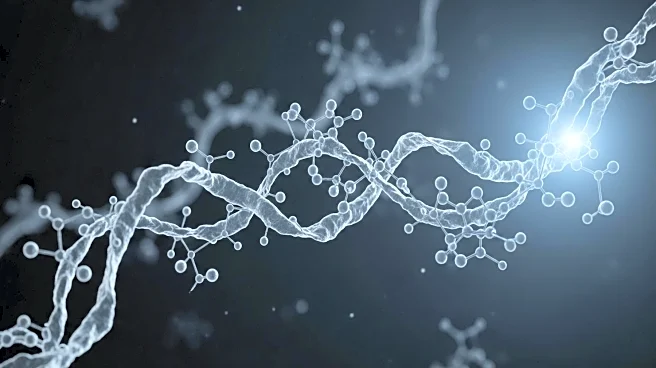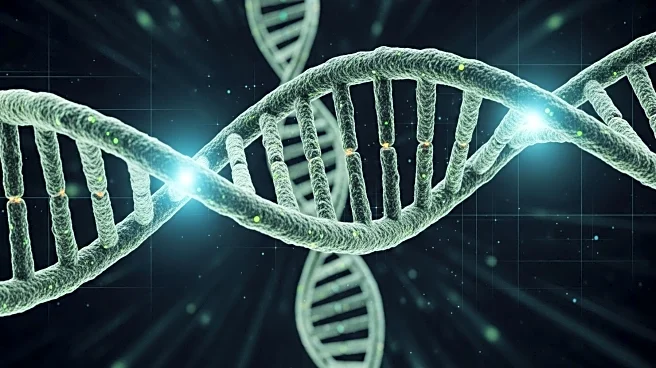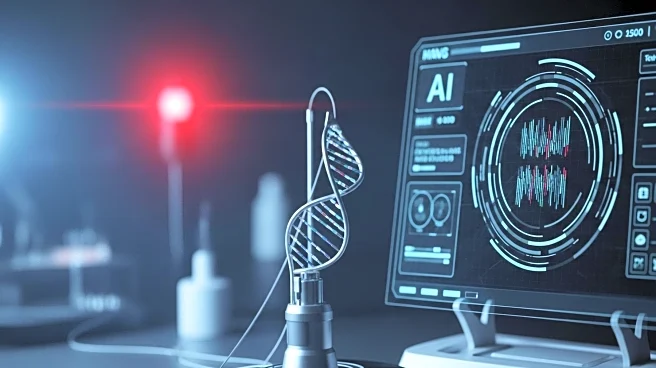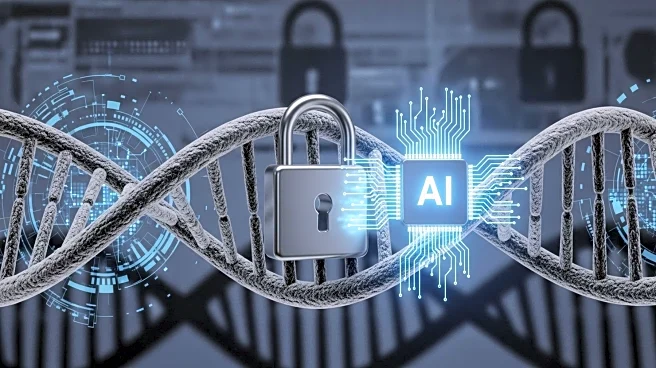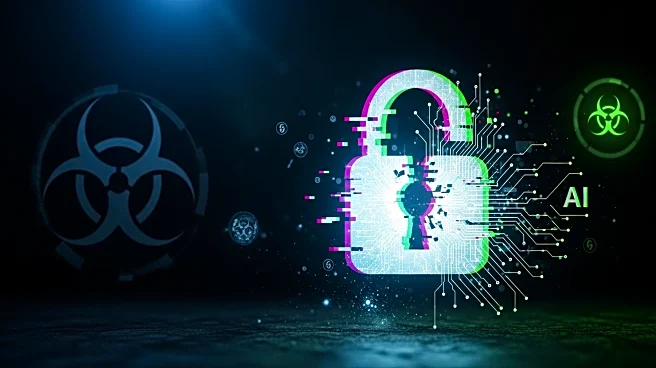What's Happening?
Researchers led by Microsoft have identified a potential biosecurity vulnerability in the system that screens DNA sequence purchases for biological threats. The system, designed to detect DNA encoding toxins or dangerous viruses, may miss threats posed by AI-designed proteins. These proteins, created through advanced algorithms, could bypass existing screening methods, which rely on recognizing DNA sequences similar to known threats. The discovery highlights the need for updated biosurveillance programs to address the capabilities of AI-designed proteins.
Why It's Important?
The potential for AI-designed proteins to evade current screening systems poses a significant biosecurity risk. As AI technology advances, the ability to create novel proteins that could be used as biological threats increases. This necessitates the development of more sophisticated screening methods to ensure public safety. The collaboration between governments and industry in updating biosurveillance programs is crucial to address emerging threats and protect against potential misuse of biotechnology.
What's Next?
The discovery calls for a reevaluation of existing biosurveillance systems to incorporate AI-designed proteins into threat detection protocols. Researchers and policymakers may need to collaborate to develop new algorithms capable of identifying novel protein threats. This could involve expanding the list of known threats and enhancing the sophistication of screening methods to keep pace with technological advancements.
Beyond the Headlines
The potential for AI-designed proteins to bypass security measures raises ethical and legal questions about the use of AI in biotechnology. It underscores the need for responsible innovation and regulation to prevent misuse and ensure the safe application of AI in scientific research.

